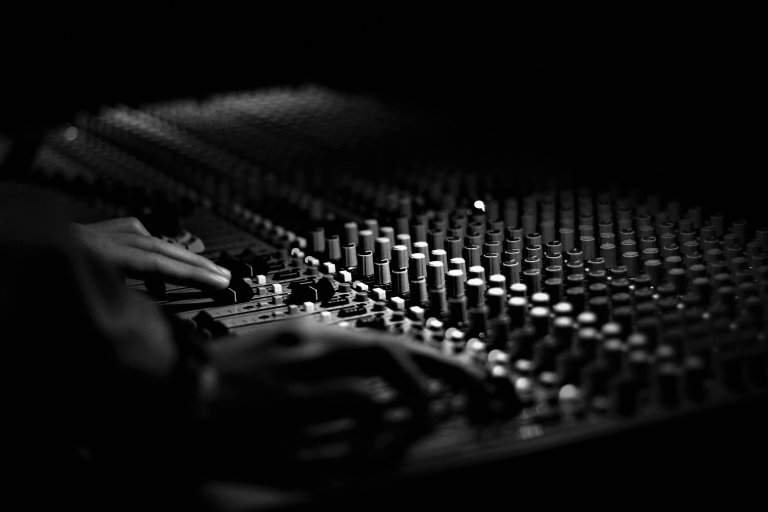Introduction
Since their invention in the early 1960s, synthesizers have played a crucial role in shaping the sound of modern music. From the experimental sounds of electronic music to the pop hits on the radio, synthesizers have become a staple in music production. But before the sleek, digital synthesizers we know today, there were the vintage synthesizers that paved the way for synthesized music. In this article, we will explore the beginning of synthesized music and the role that vintage synthesizers played in its development.
What is a Synthesizer?
Before we dive into the history of vintage synthesizers, it is important to understand what a synthesizer is. A synthesizer is an electronic musical instrument that generates and manipulates sound. Unlike traditional instruments that produce sound through physical vibrations, synthesizers create sound using electronic circuits and digital technology. This allows for a wide range of sounds to be created, from realistic imitations of traditional instruments to futuristic, otherworldly tones.
Early Synthesizers
The first synthesizer was the RCA Mark II Sound Synthesizer, invented by Harry Olson and Herbert Belar in 1955. This massive instrument took up an entire room and was primarily used for scientific and experimental purposes. In the 1960s, Bob Moog began developing his own synthesizers, selling them to universities and musicians. These early synthesizers were known as modular synthesizers, as they consisted of various modules that needed to be connected and patched together to create sounds.
The Rise of Vintage Synthesizers
The 1970s saw the rise of the first commercially available synthesizers, known today as vintage synthesizers. These were standalone instruments that did not require patching of modules and were more compact and user-friendly than their modular counterparts. The Minimoog, released in 1970, was one of the first compact synthesizers and quickly gained popularity due to its affordable price and versatility in sound.
Other notable vintage synthesizers from this era include the ARP 2600, EMS VCS3, and Oberheim SEM. These synthesizers were widely used by progressive rock and electronic musicians, leading to a surge in synthesized music in the 1970s.
The Sound of Synthesized Music
The use of vintage synthesizers in music production brought about a new sound that was distinct from traditional instruments. Synthesizers offered a wide range of sounds and effects that were impossible to achieve with acoustic instruments. The use of filters, envelopes, and other parameters allowed for the manipulation and shaping of sound in a way that was not possible before.
The sound of synthesizers became synonymous with futuristic and electronic music. The iconic synthesizer riff in the hit song “Jump†by Van Halen showcased the capabilities of these instruments and their popularity in mainstream music.
The Impact of Vintage Synthesizers
The introduction of vintage synthesizers revolutionized the music industry. These instruments provided musicians with a new way to create and manipulate sound, and their popularity led to the development of newer and more advanced synthesizers.
One of the lasting impacts of vintage synthesizers is their influence on modern electronic music. The electronic dance music (EDM) genre, which has gained massive popularity in recent years, heavily relies on the use of synthesizers to create its distinct sound. The use of vintage synthesizers in EDM can be traced back to the synth-pop movement of the 1980s, where bands like Depeche Mode and New Order popularized the use of electronic sounds in mainstream music.
Conclusion
The development and evolution of vintage synthesizers played a pivotal role in the beginning of synthesized music. They opened up a whole new world of possibilities in music production, and their influence can still be heard in the music we listen to today. These iconic instruments not only shaped the sounds of electronic and pop music but also revolutionized the music industry as a whole.
As we continue to see advancements in music technology, it is important to recognize the beginnings of synthesized music and the important role that vintage synthesizers played in its development. These instruments will forever hold a special place in the history of music and continue to be cherished by musicians and fans alike.


